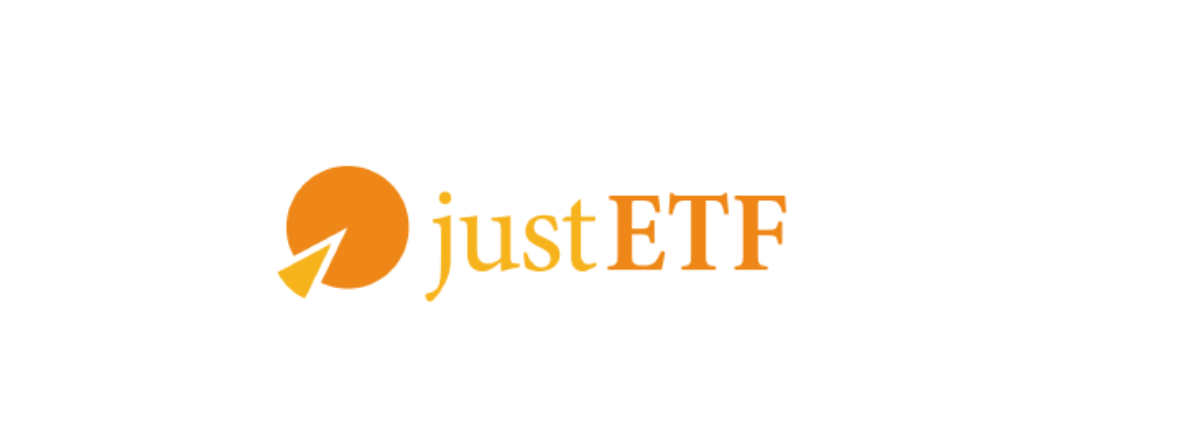Corporate reform may have enticed overseas investors to Japanese equities as an attractive alternative to US dominance, however, the market’s continued appeal means it is time to review which ETF avenue offers the best route for capturing Nipponese equities.
Fund selectors have had reason to reflect on their Japan enthusiasm, with the Bank of Japan’s first interest rate hike since 2007 coming within weeks of the Nikkei 225 surpassing its previous all-time-high set in 1989.
Yet the consensus remains that investors are still structurally underweight Japanese equities, with an average 3.6% weight in EMEA investor equity portfolios versus a 5.4% weight in the MSCI ACWI index, according to data from BlackRock.
While April might have seen investors pour $6.9bn into Japan equity ETFs globally – the highest monthly inflow since last June – it appears demand to increase exposure remains. Helping to dissect the product roster, ETF Stream examines three rival strategies available in UCITS format.
Stat attack | SJPA | VJPB | XDJP |
AUM | $5.8bn | $3.3bn | $2.4bn |
One-year return | 16% | 16.7% | 12.1% |
One-year tracking difference | -0.07% | -0.12% | 0.05% |
Aggregate bid-ask spread | 0.06% | 0.09% | 0.06% |
TER | 0.12% | 0.15% | 0.09% |
Constituent count | 1067 | 504 | 225 |
Source: Bloomberg Intelligence
BlackRock’s catch-all SJPA
First, we have the Europe’s largest Japan ETF and the oldest product in our comparison, the $5.8bn iShares Core MSCI Japan IMI UCITS ETF (SJPA), which launched in September 2009.
Tracking the MSCI Japan Investable Market index, SJPA offers by far the most diversified exposure of Europe’s large Japan ETFs, capturing 1067 large, mid and small-cap companies listed across the Tokyo Stock Exchange prime, standard, growth and pro segments, as well as the first section, second section and Centrex segment of the Nagoya Stock Exchange.
While there are UCITS ETFs tracking the TOPIX index of more than Japanese 2100 stocks, these have fallen short of the 10-figure asset gathering traction of BlackRock’s product.
By capturing what MSCI identifies as 99% of the float-adjusted market cap of Japan, SJPA offers exposure to familiar names ranging from Toyota Motor, Mitsubishi UFJ Financial, Sony, Tokyo Electron and Hitachi.
The ETF is also not overly concentrated in its top allocations, with 4.8% awarded to it largest single stock weighting at 21.6% to its top 10 positions. SJPA weights 23.4% to industrials and 17.9% to consumer discretionary stocks, with MSCI finding a relative overweight to the low volatility factor versus the MSCI World.
In the field, SJPA has returned 16% over the year to 3 June and 5.3% and 38.8% over the trailing three and five-year periods, respectively. The ETF recently had its total expense ratio (TER) cut from 0.15% to 0.12% and further offsets some of this with 0.05% securities lending revenues.
SPJA boasts the joint-lowest aggregate bid-ask spread in our comparison – at 0.06% – and the lowest 12-month tracking difference at -0.07%.
Vanguard’s challenger VJPB
Next is Vanguard’s offering, the $3.3bn Vanguard FTSE Japan UCITS ETF (VJPB), which is the youngest strategy in our comparison and continues the Pennsylvania-based asset manager’s collaboration with FTSE Russell. The fund initially launched in May 2013, with a US dollar accumulating share class arriving in September 2019.
Tracking the FTSE Japan index, VJPB captures the 504 Japanese large and mid-cap constituents of the FTSE All-World index. Its underling benchmark sits in the FTSE Global Equity index series, which FTSE Russell identifies as covering 98% of the world’s investable market cap.
Despite being a different issuer, index provider, methodology and launching years after BlackRock’s SJPA, the two ETFs bear several notable similarities.
VJPB’s top sector allocations are 26% to industrials and 22.8% to consumer discretionary stocks. More strikingly, the two ETFs share nine out of ten of their top allocations and there is only a 2% difference in weighting to their top 10 stocks.
The key differences start in returns, with VJPB’s overweight to larger stocks seeing it return 16.7% and 5.9% over the trailing one and three years, respectively. Though its distributing share class has underperformed its accumulating share class since the latter’s launch, this still returned 41.1% over the last five years.
There are also differences in costs of ownership and liquidity, with VJPB carrying a TER of 0.15% and retaining the option to lend out its securities.
The ETF also has the widest aggregate spread – at 0.09% – and highest one-year tracking difference at -0.12%.
DWS’s headline index hunter XDJP
Rounding off our list the $2.4bn Xtrackers Nikkei 225 UCITS ETF (XDJP) from DWS, which launched in January 2013.
XDJP tracks Japan’s most well-known index, the more than seven-decade-old Nikkei benchmark of 225 large-cap, Tokyo first section-listed companies.
The resulting basket only shares four of its top ten holdings – Tokyo Electron, Shin Etsu Chemical, Recruit Holdings and Toyota – with BlackRock and Vanguard rivals while allocating a considerable 10.2% to Uniqlo owner Fast Retailing as its top position.
XDJP’s sector make-up is also at odds with the other ETFs on our list, with 25.4% dedicated to technology and 21% to consumer discretionary sector names, while industrials are downgraded to third with a 18.6% weighting.
In practice, this has yielded mixed results. While the same comparison would have shown DWS’s ETF outperforming its rivals, XDJP has returned 12.1%, -2.7% and 39.5% over the past one, three and five years, respectively.
Its strategy also warrants two notable disclaimers. First, the ETF is biased to large caps, meaning it does not offer a holistic view on Japan and instead focuses on present-day winners.
Second, the Nikkei 225 rebalances once a year – versus quarterly for MSCI’s benchmark tracked by BlackRock – with widely-covered and sporadic reconstitutions meaning more wild swings in exposures and larger arbitrage opportunities for hedge fund trading desks.
Where XDJP does come out on top is on costs, with a low TER of 0.09% and an additional 0.04% recouped in securities lending revenues last year.
The ETF matches BlackRock’s candidate with an aggregate bid-ask spread of 0.06% and a marginally narrower one-year tracking difference of 0.05%.
A takeaway on Japan ETFs
Concluding, Vanguard’s VJPB has currently earned an edge on its rivals. While a higher fee and tracking difference are notable considerations, its conventional methodology means it has outstripped XDJP and not moving further down the market cap spectrum has seen it edge a narrow lead over SJPA in recent years, net of costs.
However, it is worth noting no vanilla Japan ETF has been able to keep pace with currency-hedged – especially sterling-hedged which have beaten unhedged share classes by almost 40% over the past year – with the yen continuing to trade at multi-decade lows against many developed market currencies.
Looking ahead, investors should remain mindful of macro developments including the impact of increased hawkishness by the BoJ and conversely, rate cuts by western central banks.








